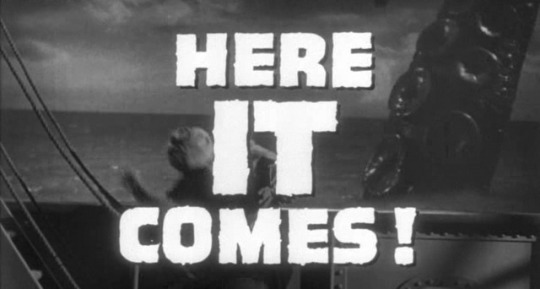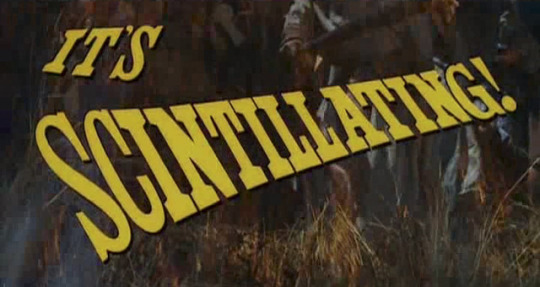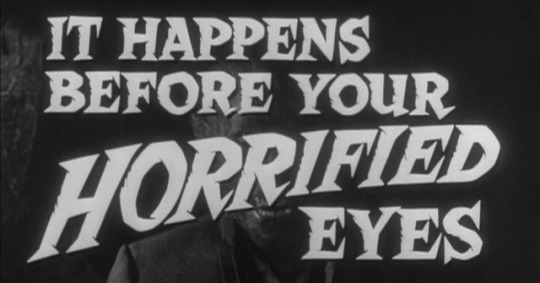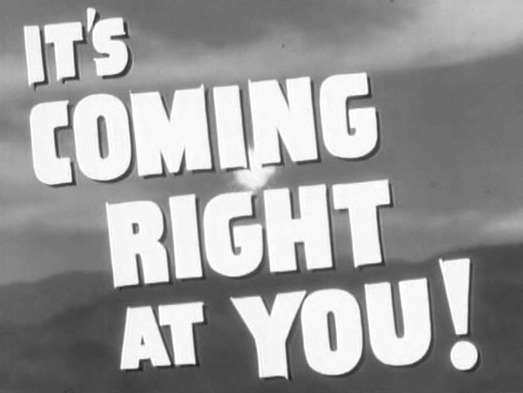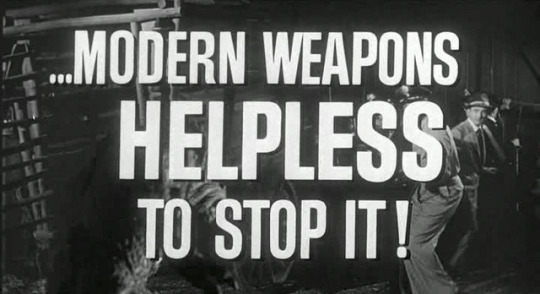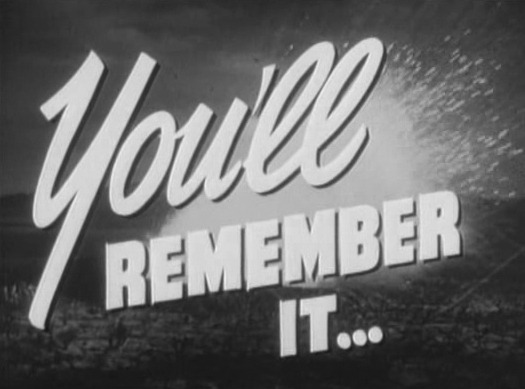Hi, hello how are you? I’m Ryan. I love eating (good and not so good) food. I have this special skill of cutting and slicing stuff like a Jedi Master. It's a special skill that almost cut off my middle finger. Taking (good) photographs is a hobby and a frustration. I would love to travel the world but for now I can’t go full turn just yet, good thing there’s google. May the force be with us all. tara! x X x
Don't wanna be here? Send us removal request.
Text
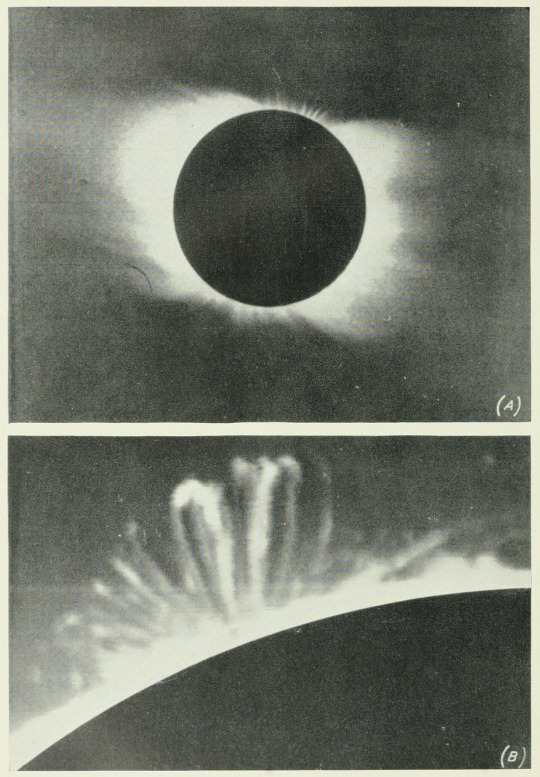
Solar corona and prominences. May 28, 1900. Annual report of the Board of Regents of the Smithsonian Institution. 1942.
Internet Archive
3K notes
·
View notes
Photo
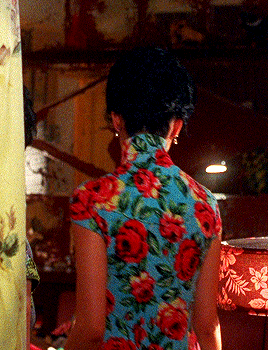
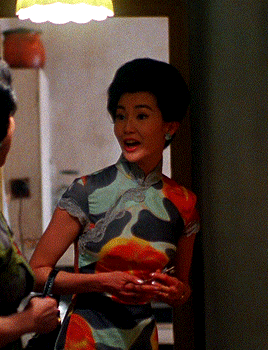
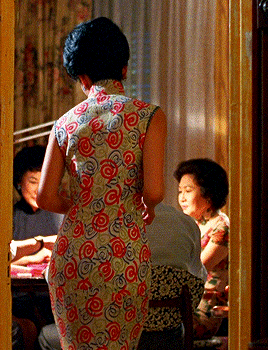


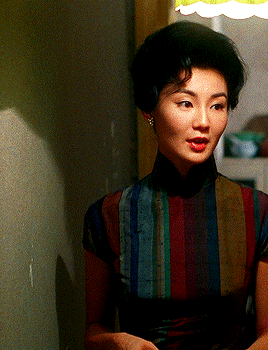
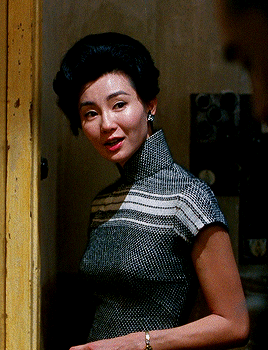
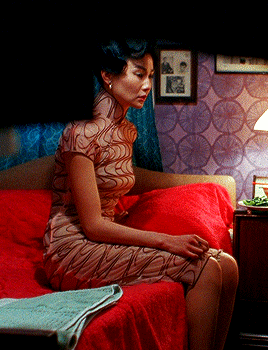
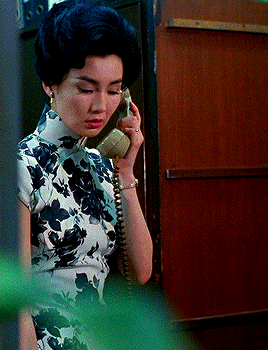
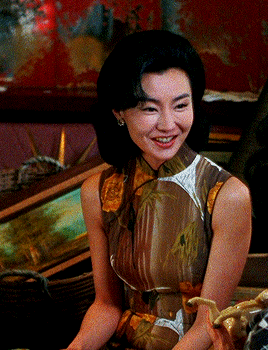
Maggie Cheung wears a different cheongsam dress in each scene. There were 46 dresses in total, though not all made it to the final cut.
In the Mood for Love I 花樣年華 (2000), dir. Wong Kar-wai
– costume design by William Chang
10K notes
·
View notes
Text

Villamael’s fascination with history began when he came across some early maps where the idea of ‘The Philippines’ first started to appear, which at that period could be seen as just a random scattering of nearby islands, with various tribes (warring and friendly) that were forced into a single, unified entity by an external power. This set forth more than three centuries of foreign rule that effectively dissolved all but a few links to our pre-colonial origins. For Villamael, this fraught relationship with history is a powerful driving force that sets fire to his nagging desire to read and know more, to dig deeper and sort through the entanglements of hearsay and facts, and from there begin to piece together a picture that may shed light to how we, as people, ended up where we are today.
With A Paradise Lost, Villamael returns to the intimacy of paper; hand cut, made intuitively and in isolation. Presented as a set of unfurled scrolls, which in total spans close to 20 meters stretched across the length of the gallery’s inner walls, the work evokes a faint horizon seen from a distance, a distance that it is keen to preserve. As even up close, it remains elusive; blank, still, and nearly empty. While ancient scrolls served as one of humanity’s earliest forms of editable record keeping, Villamael’s sheets remain thoroughly white yet not unmarked: it contains a thoughtful and evocative lament not written in ink but is encoded by blade. From his earliest works on, Villamael has employed the process of paper cutting to create images, confer stories and ask questions through the calculated use of negative space. Here he sliced and nibbled away slowly through the paper, creating a network of lines that mirrors how certain pests burrow and eat their way through old books, leaving a distinct pattern of holes, pathways and tunnels across the pages. And while images of hole-riddled pages and destroyed books carry with them the melancholy air of information forever lost, here they translate to the actual content that informs and cuts through the blankness of the page.
Still in another light, the patterns could just as well be seen as overgrown sprouts of wild vegetation, hopeful and alive as they creep their way up through the rubble of an unseen, perhaps fractured world below the horizon.
In the process of working on A Paradise Lost, the artist found himself confronting not just the tangled narratives of his country, but of his own personal history. As the son of an OFW worker who has disappeared from his family’s lives, Villamael uses tenets learned from the study of history—narratives patched together from disparate accounts and experiences—to make peace with his own past. The letters his father used to write him as a young boy, the promises made by blueprints to a house that never materialized, coordinates to an address that may or may not be outdated, A Paradise Lost is history as emotional forensics, a show about history, loss, and the ways we piece ourselves together by slicing and cutting away the ties that bind, allowing ourselves to create our own narratives by reconciling with our past.
Word by Gary Ross Pastrana
A Paradise Lost
Silverlens Galleries
12 January — 09 February 2019
2 notes
·
View notes
Photo

New Specimens West Gallery 7 June — 7 July 2018 In many ways, Ryan Villamael’s New Specimens is a return. Here, he circles back to his past by way of examining a previous show of the same name, mounted in the same space seven years ago in 2011. Since then, Villamael’s practice has developed into a more intentioned one, where its initial thrust fueled by spontaneity and expression is more grounded with ideas. “Simplifying the idea, that process — paring down to essentials — is what’s difficult now,” he says. In New Specimens, Villamael purposefully uses what can be seen as restrictions as a means to play. Already actively engaged with his work — from the cutting away and molding, a constant close-contact intimacy — Villamael goes even further, looking at the materiality of the work and takes part in the construction of it. Learning how to make his own paper through the Pulp & Paper Research Training Center in U.P. Los Baños (UPLB), located in his hometown, Villamael creates his own material from discarded paper — receipts, bills — from his daily life, leaves found around his childhood home and the nearby lush forest, and materials from the first iteration of New Specimens, revisiting old ideas and materials, using them to make something new. Here, he thinks about texture and layers, the boundaries he is able to push with the limitations of material, and the ways in which the same idea can be formed and reformed after some time and distance away from it. This was a way to go back to a place of purer play, where the main idea it revolves around is the actual process of making. His new work are echoes of what he had made before, a little bit like reflections from a not-quite-right mirror, where it shows something that approximates the past and isn’t a mere regurgitation of it. Villamael is an observer and documenter of the things around him — photographs of plants or forms snapped on his phone, to be later exteriorized in a wholly new way. While the show is made up of a collection of Villamael’s encounters, like the first iteration of New Specimens, it is a tribute to his mother, a laboratory technician at UPLB who has been dissecting plant specimens for as long as he can remember. Even though her part in the workings of a laboratory may be seen as small, he says, growing up beside her, seeing the way she works has largely informed his craft and process. New Specimens (2018) is an autobiography that tries to say something about a place, a process, the permanent occupation of the transitory space between where one grows up and where one finds himself to be in. Going back and forth between Laguna and Manila, Villamael feels the difference between the city life and the province, gaining a new appreciation for the place that was his home, where things seem more simple and genuine. Here, he walks through the forests of Makiling, as a forager and explorer, re-introducing himself to the place he grew up in, which in turn gives him the clarity and the quietness he loses in the city. Words by Carina Santos
0 notes
Photo

New Specimens handmade paper from plant fibers opens 7 June at West Gallery
1 note
·
View note
Photo









London’s Historic Pubs
Illustrator Maxwell Tilse Captures London’s oldest pubs in a series of cut-out pen and ink drawings.
16K notes
·
View notes
Photo


Last month, had the honor of working with @joeysamsonofficial @garmentsurgeon on his #redcharitygala2017 show. Congratulations again on an amazing collection, Joey! photo by @andreabeldua for @previewph
0 notes
Photo

Good morning! Photo by @dylankato in Oregon. #liveauthentic #livefolk #summerfolk #summer #america #americana
2K notes
·
View notes





















